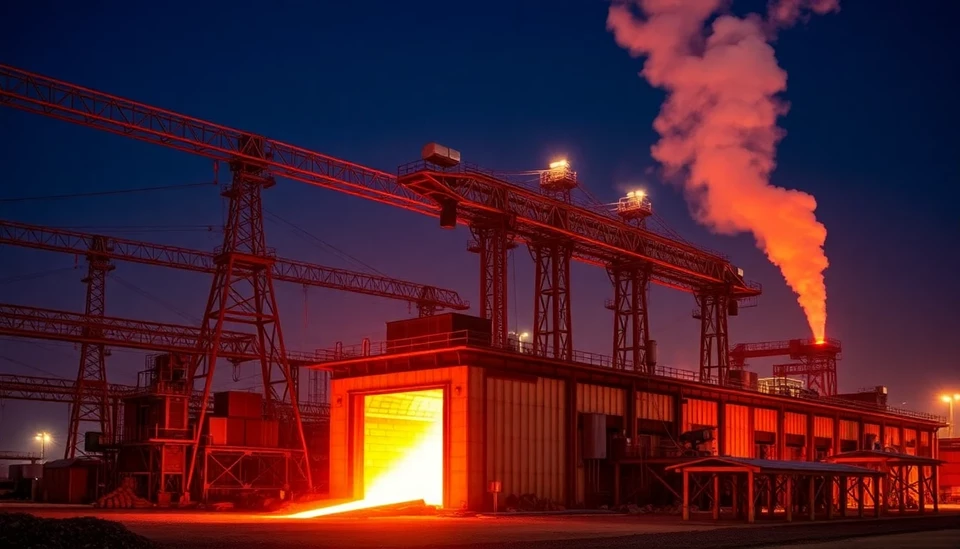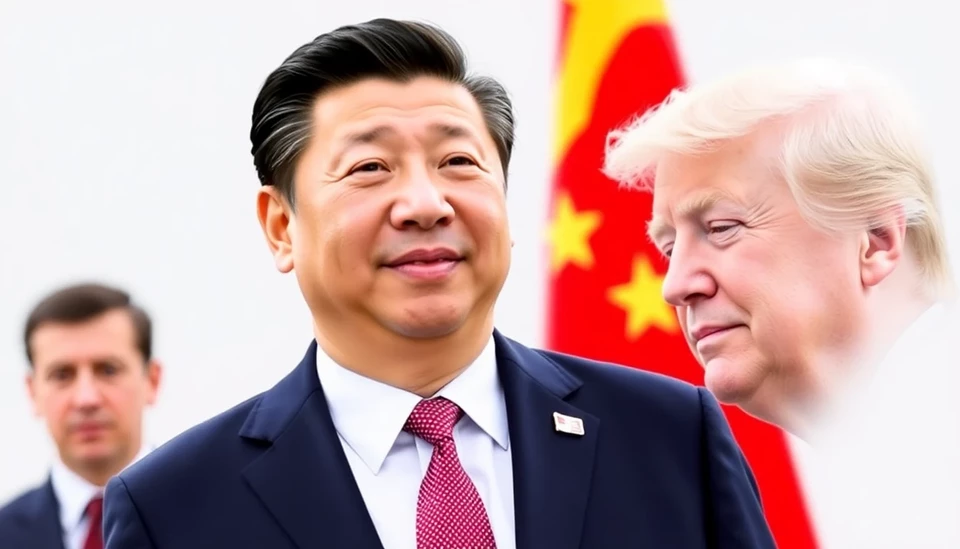
In a striking development within the global metals market, China has achieved a record surge in copper production. This comes at a time when smelting fees have declined, raising questions about the sustainability of such prolific output. The latest figures indicate that copper output from the country has reached new historic highs, demonstrating China's dominant position in the copper supply chain.
According to industry reports, China's copper production soared to an impressive 1.9 million metric tons in March 2025, marking an increase from 1.7 million metric tons in February. This represents a remarkable 18.5% year-over-year growth, as manufacturers ramped up production in response to both domestic demand and a rebounding global economy. Analysts attribute this surge to China's ongoing infrastructure push and its heavy reliance on copper for renewable energy projects and electric vehicle production.
Interestingly, even with this remarkable increase in output, the smelting and refining fees—critical components of the production cost—have seen a notable decline. The benchmark treatment and refining charges (TC/RCs) have dipped to their lowest levels in more than a decade, leading to concerns among smelters regarding profitability. This paradox raises the question: How is China managing to ramp up production in such a challenging financial environment?
Experts suggest that China's vast copper reserves and investment in advanced smelting techniques are crucial factors that allow these facilities to operate efficiently, even with lower fees. Additionally, state support for strategic industries such as renewable energy has fortified the demand for copper, prompting companies to secure their supply chains even in the face of profitability challenges.
This exceptional output level also has broader implications for global copper prices. Traditionally, higher production from China could lead to an oversupply in the market, potentially pushing prices down. However, many analysts predict that strong demand, particularly from green technology and urban infrastructure projects, will keep prices relatively stable in the near-term, despite the rising supply from China.
The anticipated growth trajectory of China's copper production is consistent with its commitment to transition toward a more sustainable economy. The government has outlined ambitious plans aimed at enhancing electric vehicle infrastructure and renewable energy capacity, both of which heavily rely on copper. As the world continues to pivot towards sustainable energy solutions, the demand for this critical metal is expected to grow, reinforcing China's strategic initiatives in the sector.
As this situation develops, stakeholders across the global copper market will be closely monitoring China's output levels and associated pricing trends. The outcomes will not only influence local economies but also shape international trade dynamics for metal commodities, underscoring China’s central role in the mining and metals landscape.
Industry insiders are now left to ponder how this increased production will unfold in the months ahead, particularly in light of the volatile nature of raw materials markets and geopolitical tensions that may affect export agreements. With the future of copper being pivotal for both infrastructure and technology, all eyes remain on China as it sets pace in this essential sector.
#China #Copper #MetalsMarket #ProductionSurge #ElectricVehicles #SustainableEnergy #GlobalEconomy #MiningIndustry #RenewableEnergy
Author: Daniel Foster




